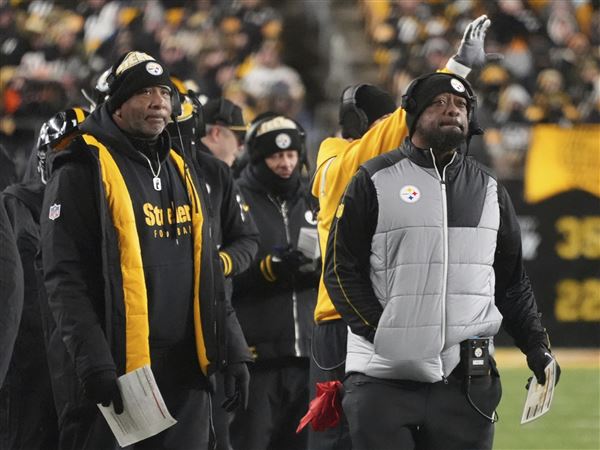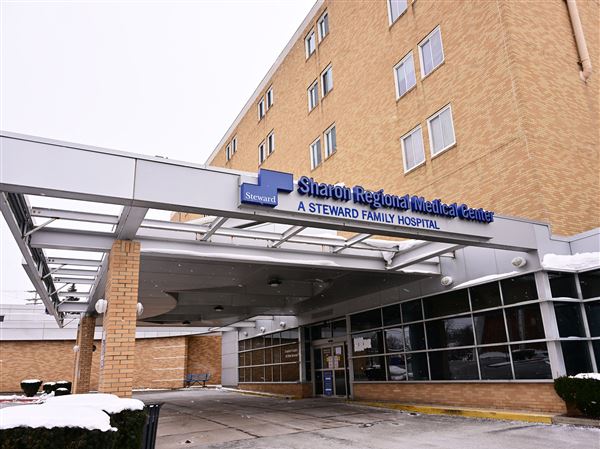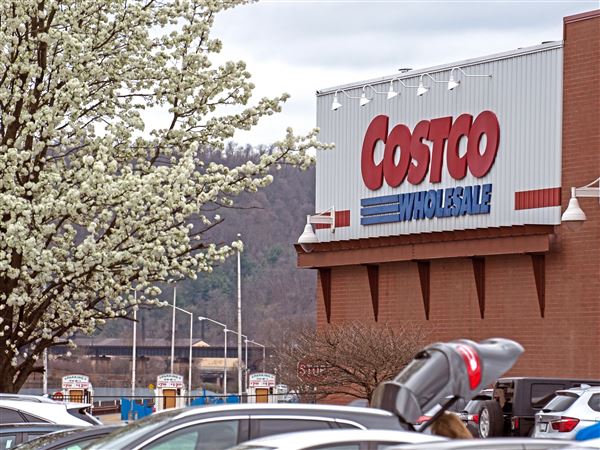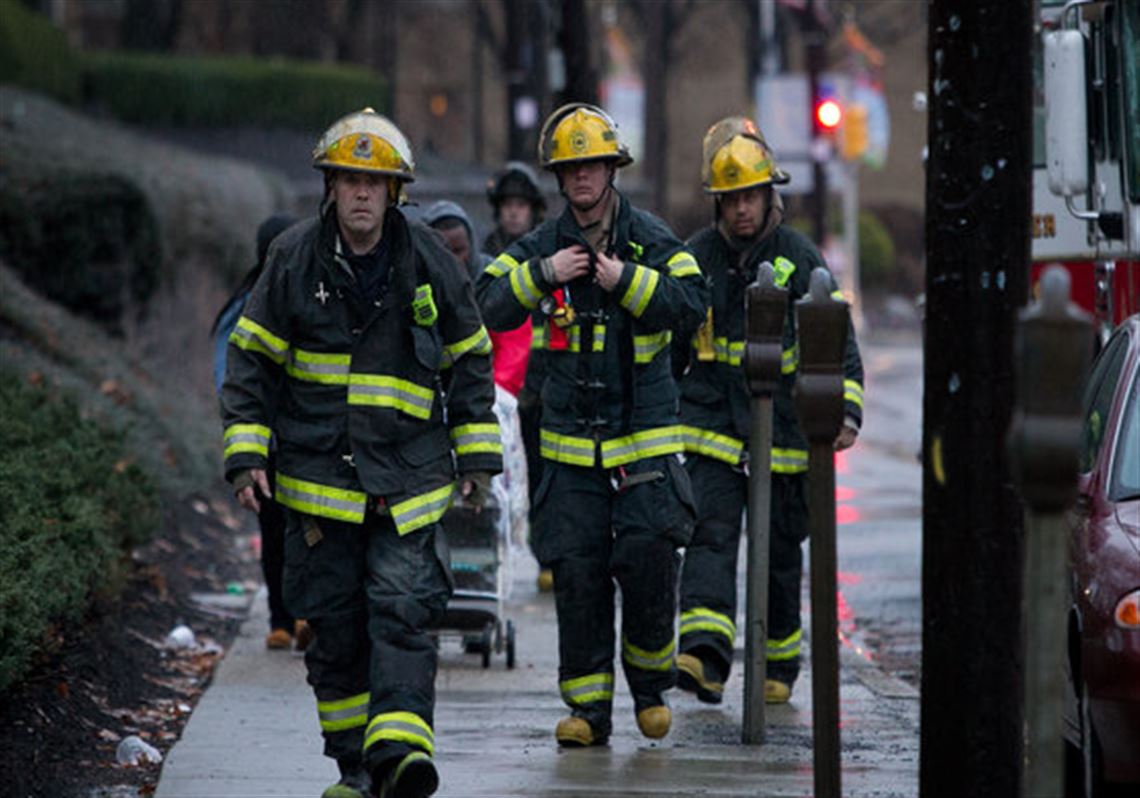Pennsylvania needs to provide funding and incentives and take other action to fight a worsening "public safety crisis" — a dramatic decline in volunteer firefighters during the past 40 years in the state and nationally, according to a report released Wednesday.
About 300,000 people volunteered as firefighters in Pennsylvania in the 1970s, but that number has dwindled to fewer than 38,000 now, due in part to more time demands, an aging population, and societal shifts, said the commission of Pennsylvania lawmakers, municipal officials, and emergency service professionals that produced the report.
Underscoring the dimensions of the crisis, the updated figures were even more discouraging than those state fire officials cited last year when, working with old data, they calculated the number at about 70,000.
More than 90 percent of the state's roughly 2,400 fire companies are staffed by volunteers.
State fire officials estimate that volunteer first responders — firefighters and EMS — save Pennsylvania communities about $10 billion annually. Volunteer agencies have turned to hiring full- or part-time staff to fill the volunteer gap.
Meanwhile, the number of calls to which firefighters respond has increased with more medical, hazardous-material, false-alarm, and faulty smoke-detector calls, but communities have fewer trained personnel available to respond.
To bolster the ranks of emergency services, the state should centralize its fragmented fire services; encourage emergency responders to consolidate; and offer more tax credits, education credits, and other incentives to attract and retain volunteers, the report says.
"I've never been one to cry wolf. Never in my life. And I'm saying we are in a crisis," said State Sen. Randy Vulakovich, R-Shaler, co-chair of the commission and chair of the Senate Veterans Affairs and Emergency Preparedness Committee. "While individually these recommendations won't solve all the problems, together they can help preserve these two groups of first responders that are there when we are at our most vulnerable."
The report cited the need for "resources, funds, and legislative change" to improve public safety. Its authors want local fire and emergency medical services companies to use the report to lobby municipal officials for financial and staffing support.
State Rep. Steve Barrar, R-Chester/Delaware, cochair of the commission, called the report "our playbook going into the next legislative session."
The 39 commission members included fire and emergency medical services groups, municipal organizations, the majority and minority chairmen of the Senate and House emergency preparedness committees, and the acting state fire commissioner. The effort marked the first time in members' memories that fire and EMS and volunteer and career first responders came together to produce a shared report on the future of emergency services. The chairs of the Senate's emergency preparedness committee had called for the report, which originally was due June 30 but was granted a five-month extension.
Meanwhile, fire departments across the region and the country have turned to marketing campaigns, recruitment centers, billboards, commercials in movie theaters, and mailers to attract volunteers.
Wednesday's report follows up on a 2004 assessment from another state commission that identified the same issues as similar efforts in the 1970s, 1980s and 2000s.
"The delay or failure to take appropriate action has continued to extend and expand the challenges facing Pennsylvania emergency services," the report released Wednesday said.
The decentralized nature of fire service in Pennsylvania is part of the problem. Recruiting and retaining volunteers have been local responsibilities, but the report's authors said the commonwealth must share them.
The report recommends that the Office of the State Fire Commissioner stand on its own and report directly to the governor, instead of being attached to the Pennsylvania Emergency Management Agency. The state would task the office with providing technical assistance to fire departments and collecting data on the state of fire protection. Members of the commission said even getting an up-to-date figure of the number of volunteer firefighters in the state was a challenge.
The nearly 100 recommendations for local agencies and the state include:
Create a single statewide recruiting tool and website.
Partner with the Department of Education to offer high school and college credit to volunteers and work with community colleges and state universities to offer free tuition to firefighters and emergency medical professionals.
Remove regulatory and other barriers to encourage emergency service agencies to combine into regional companies.
Provide free background checks through the Pennsylvania State Police or local police.
Partner with colleges to provide housing for students who volunteer and explore offering college loan forgiveness.
Set minimum firefighter training standards, which fire companies can adjust for urban, suburban, and rural environments.
Fund basic fire and emergency medical technician training.
Consider tax or other financial incentives for employers that allow employees to leave work for scheduled emergency services training.
Lawmakers introduced more than a dozen bills to support firefighters and EMS agencies this legislative session. Of those, one bill— compensating EMS agencies for services even if they don't transport anyone to a hospital — made it to the governor's desk and will become law. Legislators plan to reintroduce the others.
Commission members hope to meet periodically to check progress and adjust recommendations if circumstances change.
First Published: November 29, 2018, 1:32 a.m.
















